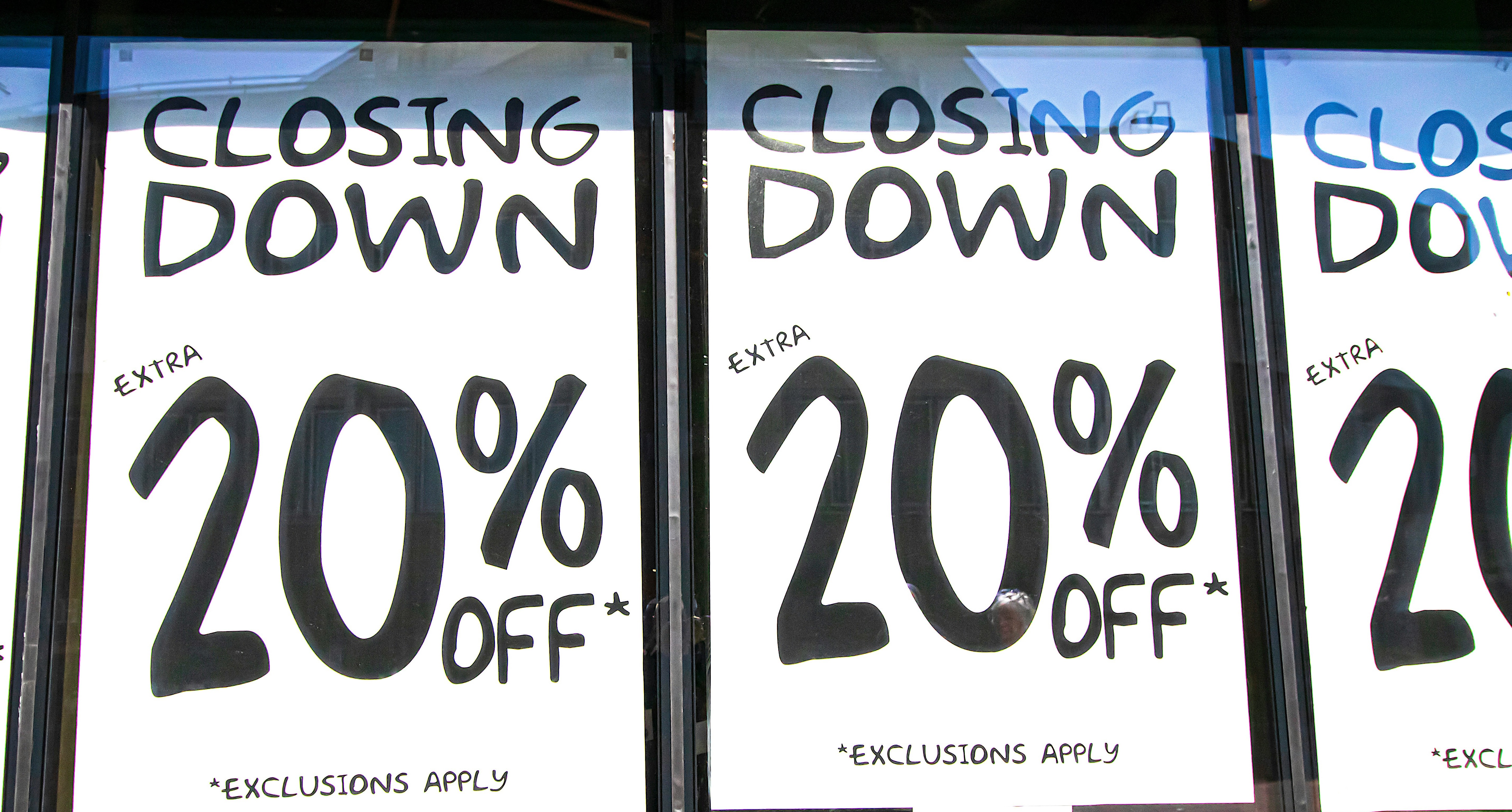
Financial Accountant and
CFO Modern Transport Group
The image of a balloon floating high over Hamilton has long been a source of civic pride, especially during the much-loved Balloons Over Waikato festival.The Better Hamilton campaign logo even features a balloon — but this cheerful symbol is now a fitting metaphor for something far less uplifting: Hamilton City Council’s skyrocketing debt.
In just three years, the Council's borrowings have more than doubled, with much of the money spent on transport and traffic infrastructure (the dreaded speed humps), parks and gardens, and the city’s water systems.
Many of these are essential services — but the method of funding them is creating long-term financial strain.
1 in 4 Rates Dollars Now Goes to Interest Costs[1]
The cost of servicing this ballooning debt exploded in 2024, with 25% of all rates spent on interest payments costs alone (interest payments and swap losses). That’s before a single new project is funded, and before a single bin is collected or road resurfaced.
Revenue Gains Mask Deeper Risks
While Council’s latest financial report (to February 2025) highlights some favourable increases in operating revenue results —such as $2.8 million in additional fees and charges from popular venues likeHamilton Zoo, and the Gardens — these are minor wins compared to the larger financial headwinds.
The city also gained extra income from grants, interest revenue, and insurance claims, and has underspent in some areas like rubbish collection, and administration. But these savings are short-term and fragile, especially in the face of structural financial risks.
Falling Behind on Capital Revenue
On the capital side, the picture is bleaker. Development contributions are lagging, particularly outside key growth areas like Rototuna, and NZTA subsidies have been below forecast, contributing to a $6.1 million shortfall. Vested assets— while welcome is not spendable income and bring higher ongoing costs in maintenance and depreciation. Similarly the amount of interest we currently don’t have to pay on the $180m Housing Infrastructure, whilst included in Council’s books as income, is not really income.
Interest Rate Swap Losses and Hidden Liabilities add to Interest Costs
Another red flag comes from Council’s use of interest rate swaps — complex financial contracts designed to stabilise borrowing costs. While they offer protection against rate spikes,they also expose Council to market-drivenv aluation losses when interest rates fall.
As of February 2025, Council reported a $16 million unrealised loss on its swap portfolio, with a forecast year-end loss of $9.6 million. These aren't just unrealised accounting entries — they signal long-term risks that could hit hard if market conditions shift further.
Despite these swap positions being within Council’s policy parameters (77% of debt is fixed), the volatility of global markets and rising borrowing costs make the situation anything but stable.
S&P Global Ratings recognise this and have recently downgraded Hamilton City Council’s credit rating from ‘AA-’ to ‘A+’ with a negative outlook, citing one of the worst fiscal deficits in the world for a local government.
Here’s what Hamilton ratepayers need to understand:
Financial Performance is Very Weak[i]
· In 2024, Hamilton ran an after capital account deficit of over 50% of total revenue – one of the worst worldwide.
· For 2025, a deficit of 44% of revenue is forecasted, despite record-high rates, budget cuts, and deferred projects.
· The Council is projected to borrow heavily, with debt tripling from $530 million in 2021 to $1.6 billion in 2027.
A lower credit rating:
· Signals weakened financial management.
· Makes borrowing more expensive.
· Damages trust in the Council’s ability to manage growth and infrastructure responsibly.
·
Big Projects, Big Risks
Major capital works like Peacocke and Rotokauri are driving up spending. While these developments aimto house a growing population, the cost is straining finances beyond sustainable levels and with the benefit of hindsight may have been overly ambitious. Perhaps the very expensive Peacocke’s bridge[ii] to nowhere could have been delayed or cancelled, particularly as there are other entry points to the Peacocke’s subdivision which utilise existing bridges.
What Could Make Things Worse
· Continued weak sector-wide council performance across New Zealand.
· A continuing lack of development work resulting in even lower development levies.
· New central government policies that shift more responsibility to local councils without funding.
What Could Help
· Stronger commitment to financial discipline.
· Honest, transparent budgets that stop relying on non-cash figures like vested assets.
· Reversing the trend of runaway spending and improving real cash surpluses.
· A reduction in CCOs and more transparency and efficiency in how they operate.
·
What It Means for Hamiltonians
Even with apparently strong financial management policies on paper, the reality is clear: Hamilton is now locked into a high-debt, high-interest future. If interest rates climb again — or if revenue falls short — the pressure to raise rates even further will mount.
That iconic balloon with “Hamilton” written on the side is a familiar sight in our skies. But as debt, risk, and financial uncertainty rise with it, residents should be asking: how high are we willing to drift into the stratosphere— and how hard is the landing going to be?
[1]2024 interest was $59.31m, interest rate swap losses were $4.664m (net) making a total of $63.974m which over a rate income of $255m equates to 25.02% (figures taken from Council’s 2023/24 annual report page 176 & 195, and note 30).
[i] https://disclosure.spglobal.com/ratings/en/regulatory/article/-/view/type/HTML/id/3245760
[ii] https://www.waikatotimes.co.nz/nz-news/350376333/hamiltons-built-bridge-and-you-can-get-over-it-very-soon
Join Us in Making Change
Support our mission to hold the council accountable and stay updated with our newsletter.





